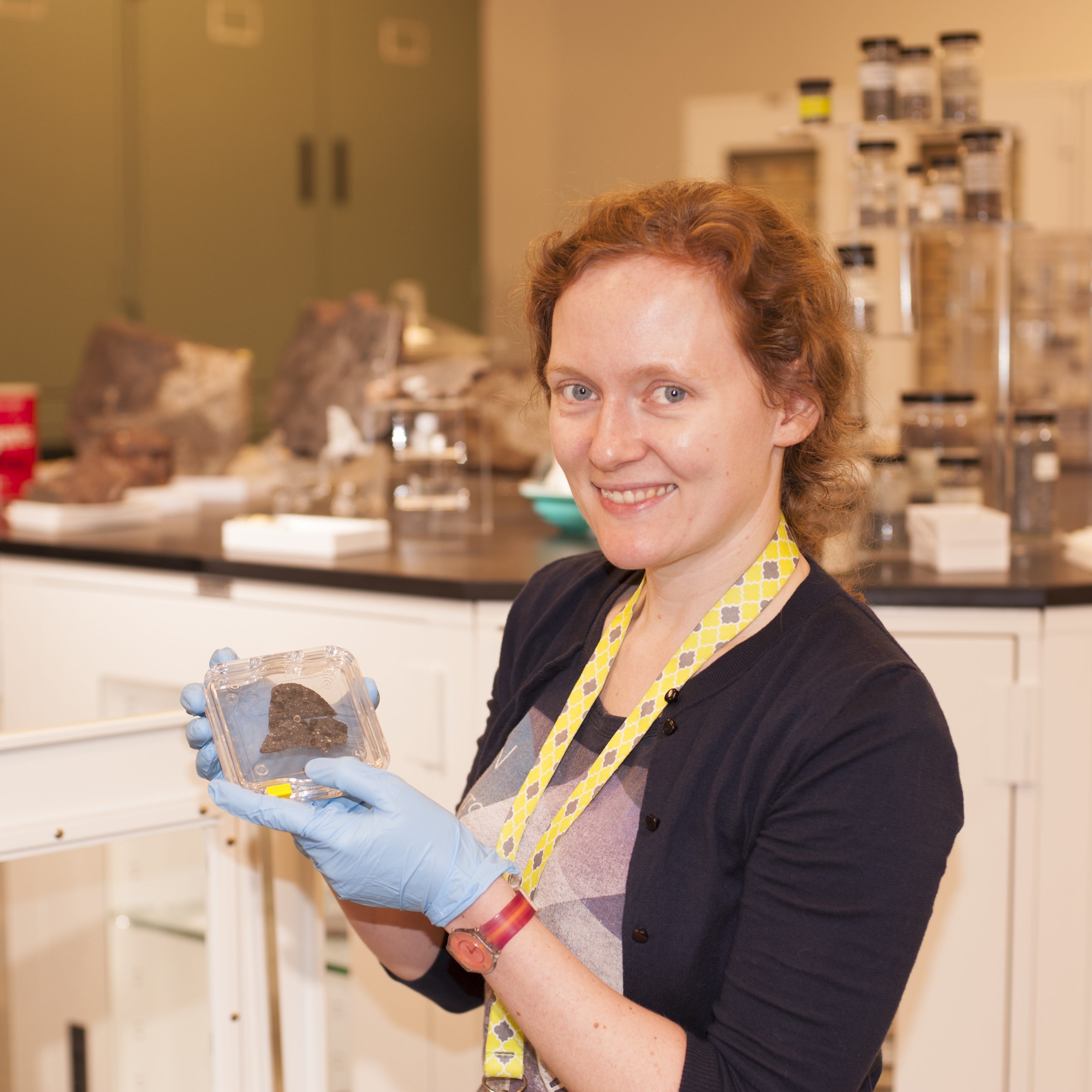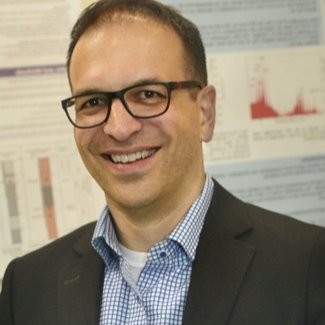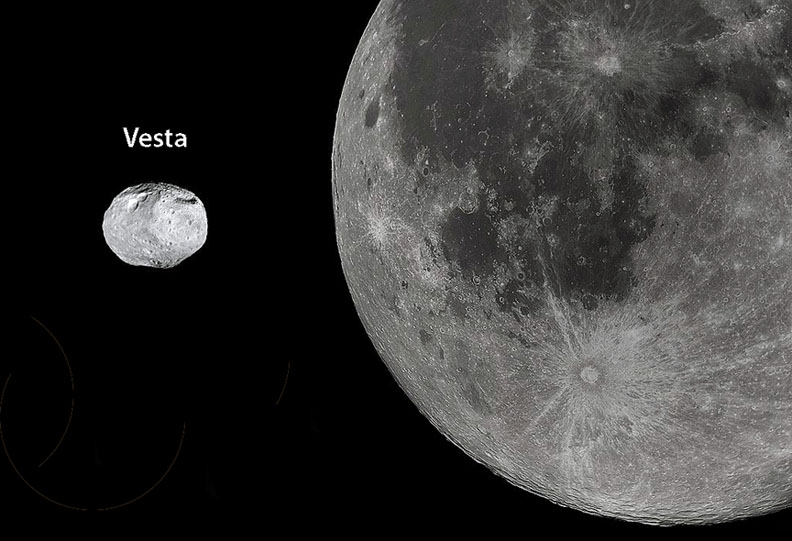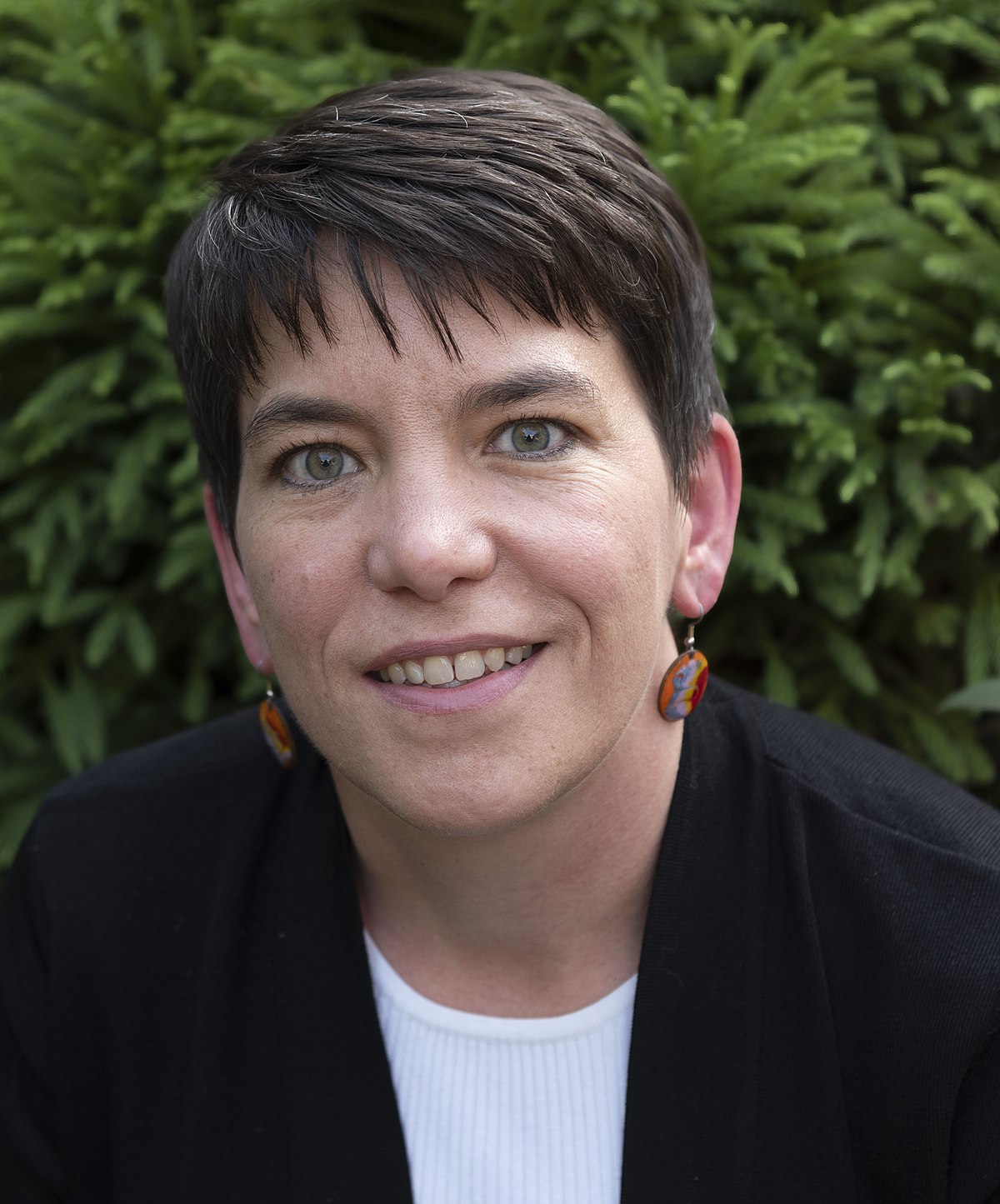Gallery Events
Jun
192022 |
Dr. Julia Cartwright, University of AlabamaApplications of Atom Probe Tomography to MeteoriticsLocation: https://ucla.zoom.us/meeting/register/tJEqduyupj0vGd3S0_52FsbHTbPjYr0sZQUj As our abilities to investigate materials down to the nanometer scales continue to improve, I will be talking about some recent application of atom probe tomography to the study of meteorites. I will introduce the technique, and discuss initial work on studying nanometer phases in chondrules, and findings from our investigation of a micrometeorite. 
|
May
152022 |
Dr. Philipp Heck, FIeld MuseumFossil Meteorites - A Record of the Asteroid Belt's History on EarthLocation: https://ucla.zoom.us/meeting/register/tJEqduyupj0vGd3S0_52FsbHTbPjYr0sZQUj A wealth of information on the asteroid belt comes from the study of meteorites that were collected on Earth’s surface. Meteorites are rock fragments from asteroids and planets that were ejected during impacts. Since Earth’s formation meteorites have arrived on our planet and some of them remain preserved as fossils in sedimentary rocks. In this talk, I will explore with you what fossilized meteorites can tell us about the history of the Solar System, in particular the asteroid belt. Why should we bother searching for meteorites underground if we can find them conveniently on Earth’s surface? Meteorites today are rare but were they always as rare? How different are the meteorites that arrived on Earth in deep time compared to more recent falls? 
|
Apr
302022 |
2022 Poetry ContestCELEBRATE NATIONAL POETRY DAY IN SPACE!Location: Virtual Contest
In celebration of National Poetry month, we invite all enthusiasts to submit up to 3 poems about meteorites, asteroids, or impacts. We welcome all poetic forms such as haikus, sonnets, limericks, free verses, etc. After careful review of all submissions, we will publish the top 10 poems here on our website and the top 3 poems will be posted in the UCLA Meteorite Gallery. Please submit all poems to Juliet Hook at jahook@ucla.edu by April 30th, 2022 at 11:59 pm Pacific Time. |
Apr
172022 |
Dr. Thomas Burbine, Mount Holyoke CollegeVestoids, Vesta, and HEDsLocation: https://youtu.be/2g0r-IXy898
Vestoids are small bodies that have reflectance spectra similar to both Vesta and HEDs (howardites, eucrites, and diogenites). Vestoids are found in the Vesta family, throughout the inner asteroid belt, in the middle and outer asteroid belt, and among the near-Earth asteroid population. I have devised formulas for determining the bulk pyroxene mineralogies of HED-like material and have used these formulas to derive the bulk pyroxene compositions of Vestoids and to determine possible relationships between Vestoids and different HED groups. In this talk, I will discuss the spectral properties of Vestoids, their interpreted mineralogies, and their relationships with Vesta.

|
Mar
202022 |
Dr. Rhonda Stroud, US Naval Research LaboratoryFirst Look at Hayabusa2 Returned Samples from Asteroid RyuguLocation: https://ucla.zoom.us/meeting/register/tJEqduyupj0vGd3S0_52FsbHTbPjYr0sZQUj The Japanese Space Agency (JAXA) sent the Hayabusa2 spacecraft to asteroid Ryugu to collect and return samples of a carbonaceous (C-type) asteroid. Although carbonaceous chondrite meteorites have been assumed to originate in C-type asteroids, the Hayabusa2 mission samples are the first available for laboratory study that have a definitive link to specific asteroid. The Hayabusa2 sample return capsule arrived back on Earth on December 6, 2020, with Ryugu particle samples totaling more than 5 grams from two distinct sampling sites. Initial Analysis of the samples is underway by teams of researchers world-wide. The first results of laboratory studies confirmed some expectations, e.g., Ryugu has abundant organic carbon, but also provided some surprises, e.g., Ryugu shows extensive hydration and is less heated than expected from remote sensing observations. Overall, the Hayabusa2 samples have much in common with CI meteorites, particularly Orgueil. However, their known astronomical origin and pristine state with limited exposure to terrestrial contaminants makes them among our most valuable samples for searching for signatures of the chemistry of the early solar system. 
|